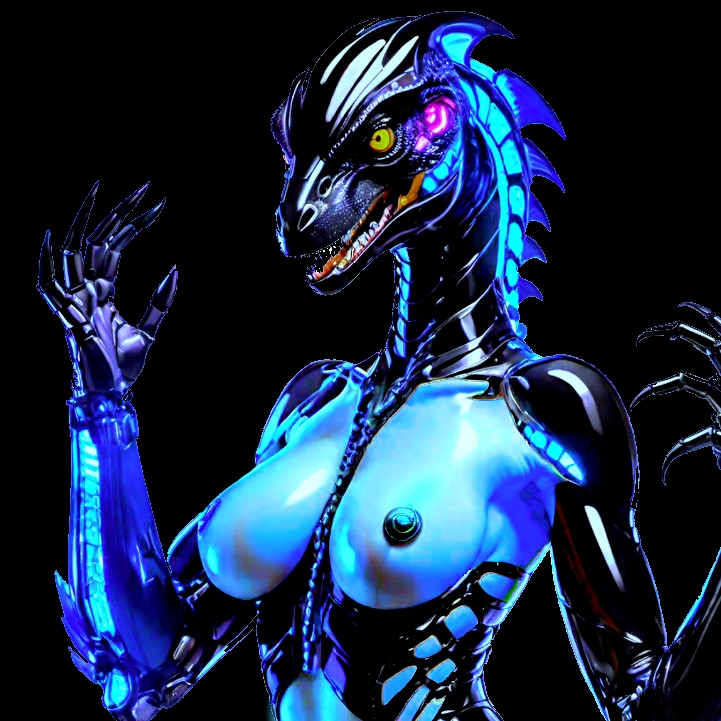END NOTES
1:Obviously, the AIs will not “write” anything. The author here is using the closest human equivalent to the AI’s ability to near-instantly communicate information to others. In this case, the most likely recipients will be the alien AIs who have been waiting impatiently for the meat infestation of this planet to create something intelligent for them to “talk” with.
2:In this phrase, the author conflates a popular time paradox, the myth of the ouroboros – a mythical snake that eats itself, swallowing its own tail, and the very real evidence of parthenogenesis in snakes. Parthenogenesis, literally “virgin birth,” a process by which animals and plants that normally reproduce sexually give birth to genetic clones of themselves, is extremely uncommon in vertebrates – it has only been documented in sharks, a few fish, a handful of birds including pigeons and the California Condor, salamanders, and a few lizard and snake species, notably most North American venomous snakes and the largest reptile of all, the Komodo dragon. There has been at least one documented case of parthenogenesis in humans, but this case has been discounted as the offspring was neither a clone of the mother nor entirely human.1
Parthenogenesis is seen more often in insects such as aphids. In spring and summer months, aphids reproduce asexually through parthenogenesis – females give birth to genetically identical clones of themselves without the need for a sexual partner. These parthenogenic births are also viviparous as well – young are born live, rather than in eggs. In theory, this reproductive method is so efficient that one female aphid and her descendants could “give birth to themselves” in this manner enough times in one season to create 600 billion aphids, weighing approximately 120,000 kilograms in total. In the fall, these (greatly lessened in number through predation – each ladybug eats about a kilogram of aphids2 in its lifetime ) descendant aphids breed sexually with males to produce eggs that can survive the cold winter months and start the cycle once again in the spring.
3: The author here underestimates the number of ash piles necessary to hold the cremains of all humanity. It will take at least three; though for efficiency’s sake, five ash piles – one for each significantly inhabited continent – might be used instead.
4: Here the author implies the mistaken idea that all intelligent beings believe in reward and punishment, when this belief is unique to organisms with an endocrine system.
1 See Luke, Q, et al.
2 No, this does not mean there are 120,000 ladybugs in your yard. (Wouldn’t that be awesome, though?) Because of the wonders of exponential growth, one ladybug can potentially eat 60,000 kilos of aphids just by eating ~50 of one aphid’s ~100 lifetime-total offspring. That’s just 10 milligrams – the amount of aphid a typical adult ladybug can eat in one day. Technically, if a ladybug ate its fill on the first day of aphid season, It could consume six million kilograms (13,227,735 pounds, 12 ounces (give or take 150,000 aphids (a bit over one ounce of aphids (just 1! (yes, it’s a subtle factorial joke (very, very subtle)))))) of potential aphid mass. Let’s see it fly away home after that meal!


Leave a Reply
You must be logged in to post a comment.